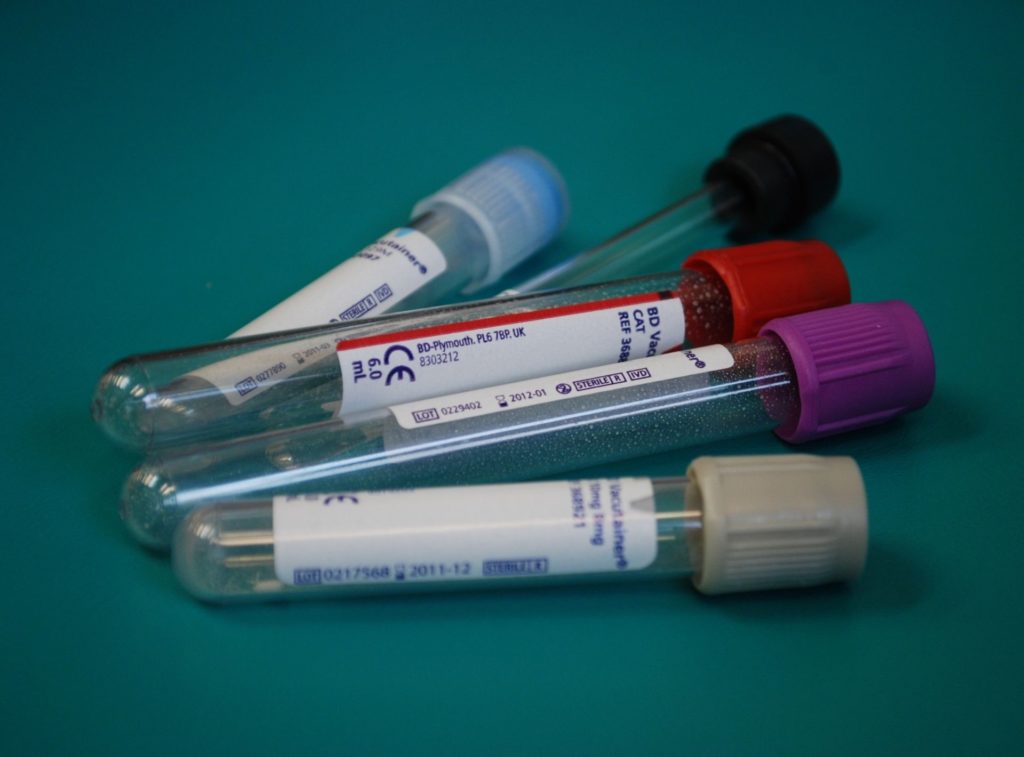Thursday 26th of May 2022 is a significant day for those operating with in vitro diagnostic (IVD) medical devices in the European Union (EU). This is the date of application of the new EU Regulation 2017/746 on in vitro diagnostic medical devices (IVD Regulation, IVDR), from which the Regulation will be fully applicable, taking into account transition periods and transitional provisions.
Aiming for better patient safety
Transition to the IVD Regulation happens from the previous EU IVD Directive (98/79/EC, IVDD).
Like the Medical Devices Regulation (EU 2017/745, MDR), which has been fully applied since last year 2021, the IVD Regulation aims to achieve better patient safety of medical devices in the EU throughout the whole life cycle of devices. This also applies to the responsibilities of distributors. The IVD Regulation is directly applicable in the EU member states. This will harmonize EU legislation and the market for IVD medical devices and ensure equal treatment of operators in the member states. One major change that comes along with the IVDR, is an even clearer risk-based classification system. The development of the Eudamed database is also ongoing, with an aim to improve transparency of operations and availability of information on IVD medical devices and economic operators.

IVD Regulation brings changes for manufacturers
Compared to the previous IVD Directive, the IVD Regulation generally clarifies and tightens the regulatory framework for IVD medical devices. The definition of an IVD medical device has been clarified and expanded in the Regulation. The definition can be found in Article 2 of the Regulation. Significant changes that affect manufacturers include:
- The devices are classified into classes A, B, C, or D based on risks
- Having a quality management system becomes mandatory for all manufacturers
- All manufacturers need to have a Person Responsible for Regulatory Compliance (PRRC)
- Notified bodies are increasingly involved in the conformity assessment of IVD medical devices
- Role of clinical evidence has been emphasized and performance studies have content requirements
- Post-market surveillance has been strengthened, in particular regarding performance monitoring
Transitional provisions of the IVD Regulation
The date of application will be followed by transition periods during which the transitional provisions of the Regulation will apply. The purpose of the transition periods is to prevent disruptions in the supply of IVD products that are essential for healthcare. Transition periods provide time for adaptation and change for parties operating under the Regulation.
The latest regulation (EU) 2022/112 amending the transitional provisions of the IVD Regulation was given in January 2022.
Shortly, important aspects of the IVD Regulation transitional provisions include the following:
- Date of application of the IVDR is 26.5.2022.
- Certificates issued by notified bodies in accordance with the IVDD are valid until the end of the period indicated on the certificate, however they become void at latest by 27.5.2024.
- In certain occasions, IVD medical devices can be placed on the market or put into service in accordance with the IVDD even after the IVDR date of application 26.5.2022.
- IVD medical devices that are lawfully placed on market in accordance with the IVDD prior to 26.5.2022, may continue to be made available on the market or put into service until 26.5.2025.
In order to obtain a more comprehensive understanding of the IVDR transitional provisions and periods, we recommed investigating the Regulation (especially Article 110 on transitional provisions) and its amendments, and to check Fimea’s FAQ webpage (in Finnish) for further information.
The transitional provisions should be checked case by case and by considering for example the risk class of the device in question.

National legislation regarding IVD medical devices
The Finnish Medical Devices Act (719/2021) and the Act on Certain Medical Devices Specified in EU Directives (629/2010, the “EDLA Act”) apply in the Finnish national legislation. Both acts entered into force on July 19, 2021. In addition, the Finnish competent authority Fimea issues regulations to supplement the legislation.
With the application of the IVD Regulation, there is a need to update the national legislation as well. Also due to the transition periods, there is still a need to regulate IVDD compliant devices that can be placed on the market or put into service under the IVDR. Changes to the national legislation are still under preparation and are unlikely to enter into force by the date of application of the IVDR. Before the changes come into force, a good basic rule is to first follow the IVD Regulation, after which additional provisions can be found in the Medical Devices Act as well as in regulations of Fimea.
Do you have further questions about quality or regulation?
Contact us – the experienced advisors of Clinipower offer support with questions regarding medical device quality and regulation!
Get to know our service offering here.
References and more information
- IVD Regulation (EU 2017/746)
- Regulation (EU) 2022/112 amending regulation 2017/746 on transitional provisions
- IVD Directive (98/79/EC)
- Medical Devices Act (719/2021)
- Act on Certain Medical Devices Specified in EU Directives (629/2010) (Not available in English)
- MDCG-guidance on IVD medical devices
- Fimea’s webinar on IVD regulation “In vitro -diagnostisten lääkinnällisten laitteiden sääntelyn muutokset” 12.4.2022 (in Finnish)
Text: Kristiina Mäki



